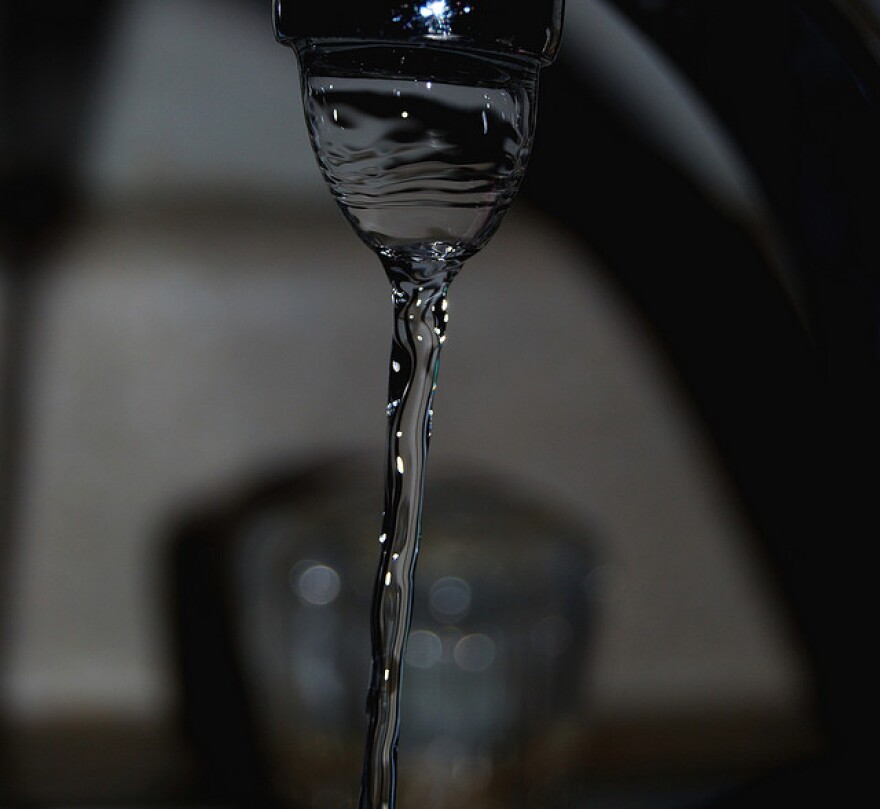The state’s Drinking Water Quality Council has issued what it considers to be safe levels for exposure to toxic chemicals, including PFOAs and PFOS that have been found in high quantities in some of New York’s drinking water supplies.
Supporters say the Cuomo administration now needs to quickly take action to implement standards that they say are long overdue.
Gov. Andrew Cuomo addressed threats to the drinking water supply when he laid out his agenda for 2019 in a recent speech, saying, "There is a growing water crisis in our state."
"New York must stand up, take the lead to clean our water for our children and our children’s children," Cuomo said. "Do the science, regulate the chemicals and leave this planet better than we found it."
One day later, the Drinking Water Quality Council met — more than two months after the deadline passed for issuing recommendations. The council, chaired by state health commissioner Dr. Howard Zucker, agreed to set maximum contaminant levels for PFOA and PFOS of 10 parts per trillion. For another chemical known as 1,4-dioxane, the council set a maximum level of 1 part per billion.
Liz Moran, environmental policy director for the New York Public Interest Research Group, said the numbers mean that New York would have some of the strictest limits in the nation on the chemicals, which have been linked to several cancers and heart and thyroid diseases. And she said they should be quickly adopted.
"These would be some of the strongest levels in the country," Moran said. "We can make sure, that at the end of the day, people aren’t being exposed to unsafe levels of these chemicals anymore."
But she said there is still no safe level of exposure to the toxins, and her organization had been pushing for lower maximum contaminant levels.
Three years ago, the Cuomo administration was much slower to respond to a PFOA contamination crisis in the eastern New York village of Hoosick Falls.
The then-Obama administration EPA in December 2015 warned village residents not to drink the water or use it to cook, after it was found that the chemicals were leaking from a nearby factory that used them to make nonstick coatings like Teflon.
Tests showed many residents had high levels of the toxin in their blood. Some villagers had become sick and had died. Their relatives believed that the exposure to PFOA might have been the cause.
Cuomo’s health department continued to tell residents that the water was safe. The state Department of Environmental Conservation did not declare the area a state Superfund site until the end of January 2016.
Angry residents accused the administration of dragging its feet on establishing standards for safe levels of the toxic substances and finding the village a new water source.
Moran spent years working on the issue with the Hoosick Falls residents.
"In some ways, it’s too little, too late," Moran said.
Hoosick Falls resident Emily Marpe addressed the Drinking Water Council meeting, holding her infant daughter, Ellie, in her arms. Ellie tested positive for high levels of PFOA when she was 7 weeks old. Marpe said she and her other children also were found to have high levels of the contaminants, as well as several other toxins, in their blood.
"As a mom, this journey has been tough," Marpe said. "I can’t tell you the hours that I have invested in this for my children. I can honestly say that we’ve seen health effects in our family. These are scary things."
Marpe said the council needs to move more rapidly to regulate the dozens of other toxic chemicals that have been found in drinking water.
"I know you all are thinking that you did a really great thing today, but it could have been better," said Marpe, who also told the panel "I’ll be dead" before all of the chemicals are adequately regulated.
A study by NYPIRG estimates that as many as 4 million New Yorkers may have been exposed to unsafe levels of PFOA and PFOS in their drinking water.








